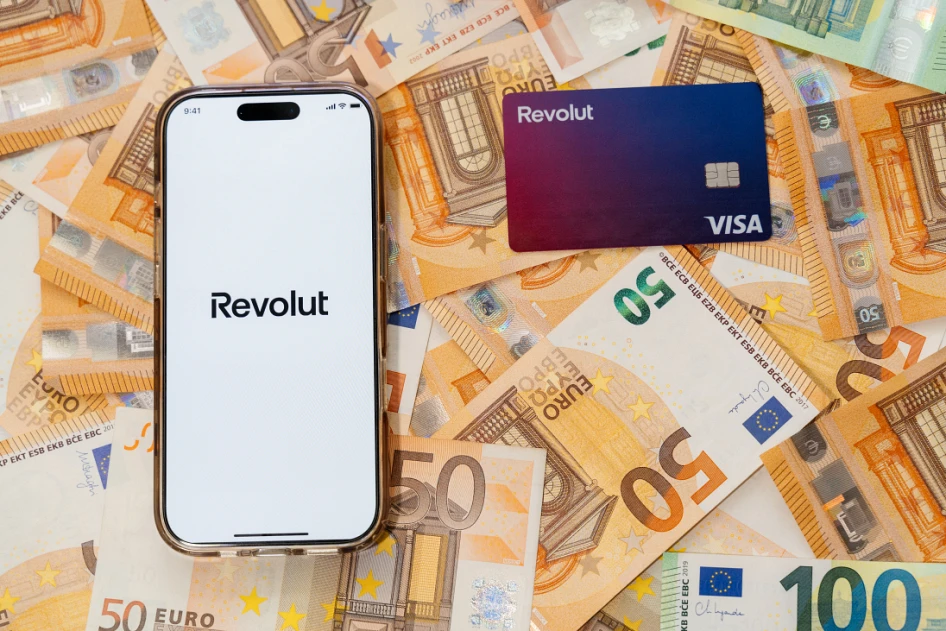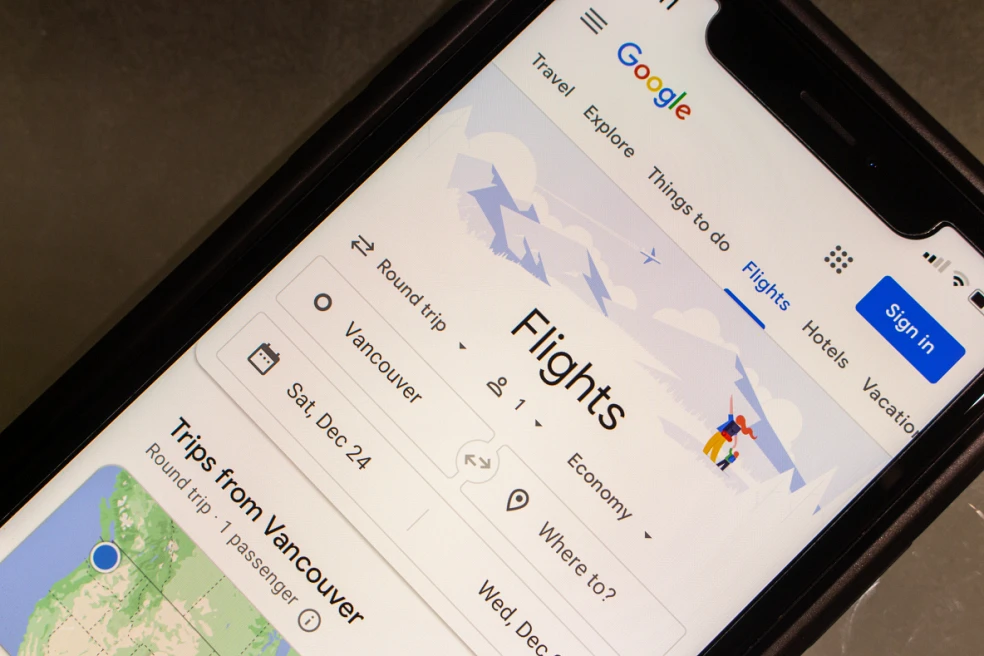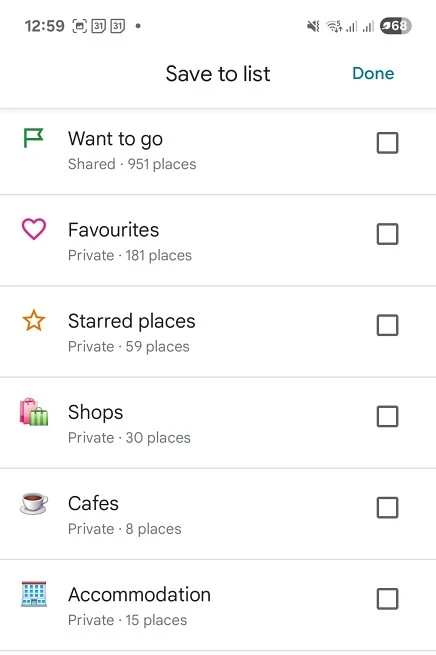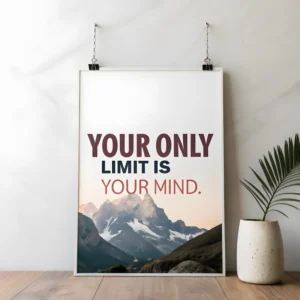(and How They Saved Me Money in Italy)
Planning a trip can be overwhelming, especially if you’re doing it solo. Over the years, I’ve tested different platforms, apps, and payment methods — and I can confidently say these three tools have helped me save money, avoid unnecessary stress, and even get a few luxury upgrades along the way.
Whether you’re planning your first solo trip or just want to make your travel routine easier, here are my go-to tools for booking, paying, and saving — along with some personal tips from my most recent trip to northern Italy.
Why Use Travel Tools for Planning?
Good planning means more freedom, not less. The right tools save time, help you get better prices, and keep you safe and in control of your budget. These are my personal favourites — tested and trialled, genuine recommendation.
1. How Can Revolut Help You Manage Money While Travelling?
I started using Revolut in May 2024, and I honestly can’t imagine travelling without it now.
If you’ve ever lost money exchanging currency at the airport, in large cities or felt nervous carrying too much cash, Revolut solves that instantly. I was able to exchange money from GBP to EUR within seconds on my app — at a great exchange rate — and avoid looking for exchange offices altogether.

Top Revolut features for travel:
- Great exchange rates (no fees on weekdays)
- Instant currency exchanges
- Multiple virtual cards when booking or paying online
- Disposable cards for one-time online purchases
- Easy setup → use both virtual and physical cards for payments abroad
- Withdraw cash abroad if needed
In addition to their friendly UI, you can also personalise your physical card and add your own touch and meaning to it. I decorated mine with a clove for luck, a plane for manifesting travels, and a dove as a symbol of my hometown.
Real-life example:
When I travelled to Verona, Venice, and Lake Garda recently, I used Revolut to pay for restaurants and entrance fees, but also to transfer money instantly to my travel buddies when we needed to split costs. It made everything easier, faster, and stress-free.
⚠️ A quick word of caution:
Be careful when paying businesses or individuals via Revolut payment links, especially for services not yet received. These transactions are harder to dispute if something goes wrong, and Revolut may warn you — but it’s good to be aware before sending large amounts.
💡 Travel tip:
Get Revolut set up before your trip. It’s free to start with, and you’ll have peace of mind knowing your money is protected and accessible anywhere.
2. Is Booking.com the Best Website for Finding Accommodation?
When it comes to booking accommodation, I always start with Booking.com. It’s one of the few platforms that gives you complete control over searching, filtering, and comparing stays — whether you’re after budget hostels or boutique hotels with luxury views.
For me, it is the easiest tool for planning solo trips due to the variety of filters and search options it has. Over the years, I’ve also reached Genius Level 3, which gives me free breakfast for selected stays, occasional room upgrades, and exclusive discounts on stays.
Additional tip: Booking.com offers lower prices when booked on a mobile device, usually labelled as a Mobile price only. If you have already browsed or found your accommodation on a desktop, you may need to clear your cache and cookies for the recent period in order to see the price difference on mobile.
How I use Booking.com to find the perfect stay:
- Reviews filter → Very Good 8+
- Breakfast included
- Pool (or other facilities)
- Parking availability
- Sea or lake views
- Number of rooms and beds, as well as
- Twin or Double beds
My Italy experience:
On my recent week-long trip to Northern Italy, I booked all three of my accommodations through Booking.com, including a beautiful hidden gem apartment on a hillside with panoramic lake views and a pool near Lake Garda. Being able to filter by features like lake view made a huge difference in finding something special.
If you use Booking.com regularly, those Genius rewards build up and make luxury stays more affordable — it requires booking a certain number of trips within a specific period.
3. How Do I Find Cheap Flights? (Why I Use Google Flights)
If you’ve ever wondered how to consistently find cheaper flights, Google Flights is hands down my favourite tool for this.

I use Google Flights to get a sense of pricing and track price drops for specific routes. You don’t even need to be techy — it’s as simple as typing your route and reviewing how prices change over days or weeks on their graph. Then, set up email alerts and booking on Tuesdays.
Here’s how I use it:
- Enter destination (you can use country name as well to get prices for different airports) and reset dates → compare the cheapest travel days
- Set up price alerts → Google emails you when prices change
- Track price trends over time (with their helpful graph, once you select dates) → helps predict when it’s cheapest to book
Real-life example:
For my Italy trip, once we roughly knew the travel dates, I kept an eye on the prices over a couple of weeks. I booked the flights three weeks in advance and paid half of what my flatmate paid for the same route, simply because I tracked the changes and used the graph to find the cheapest day of the week.
💡 Travel hack: For European trips, I’ve often found better deals booking on Tuesdays. I usually track prices early and book 3–6 weeks ahead. For longer flights, I’d book further in advance. Google Flights’ price tracking makes it easier to spot the right moment.
Once you find a good price, Google Flights will offer you a few options to book, either directly via the airline or a third-party site.
4. Bonus Tips from My Trip to Italy

Here are a few more travel planning tips based on personal experience that might save you time or frustration:
✔️ Research activities and book in advance.
When we visited Lake Garda, we wanted to cycle from Limone to Riva del Garda. What we didn’t know was that some cycling routes weren’t fully open — unless you wanted to go through busy tunnels. Next time, I’ll call a few days ahead or check recent online reviews for cycling paths and activity availability.
✔️ Use Google Maps to create a personalised list of places to visit.
Before I go on a trip, I save restaurants, viewpoints, beaches, and hidden spots on a private map — it makes exploring much easier, especially if I don’t have Wi-Fi the whole time.
✔️ Split group expenses easily with Revolut.
It honestly takes the awkwardness out of splitting bills, especially with friends or travel buddies.
Tip: I also mark them with different icons for easier navigation. Favourites is for restaurants, Want to Go (green flag) for attractions. You create your list and add relevant icons, whether it is for cafes, nearby Shops, Beaches, or starring must-see places. I also use the tick symbol for visited places.
Final Thoughts: What’s the Best Way to Plan a Solo Trip?
Planning ahead doesn’t mean giving up spontaneity — it means being prepared so you can relax and enjoy yourself once you’re there.
These three tools — Revolut, Booking.com, and Google Flights — have saved me money, time, and a lot of stress. As a solo or group traveller, they helped me feel more empowered and independent wherever I go.
✨ One piece of advice? → Get equipped before you leave, research the areas you want to explore, and use smart tools so you can focus on making memories, not fixing mistakes.
If you found this helpful, feel free to leave a comment or ask me questions about planning your next trip!




